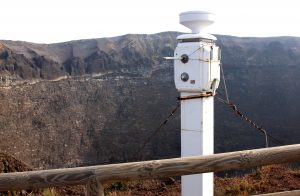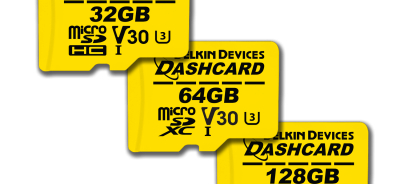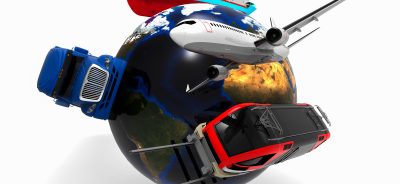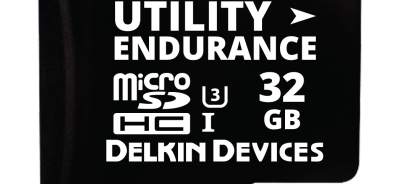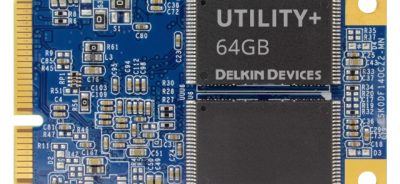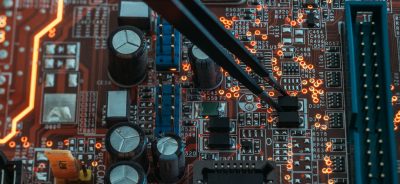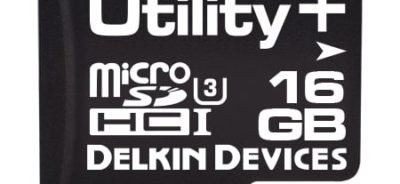Using uSD MLC Cards for Seismic Sensors
Seismic sensors are critical safety devices in a wide range of industries. They monitor ground motion and detect earthquakes in order to trigger alerts and important safety procedures, such as the shut-off of gas lines in factories and in homes. Naturally, seismic sensors need a rugged storage device that can withstand shock and vibration without any kind of operational loss. This allows for accurate data logging and tracking of both earthquake events and aftershocks. uSD MLC cards for seismic sensors are a popular option among industrial designers. These flash memory devices are adaptable to the small form factors that are typical of seismic sensors and provide the kind of rugged operational capacity necessary in these devices.
uSD MLC Card Basics
uSD cards—or microSD cards, as they are also known—are the smallest available memory card. They are designed to the specifications of the Secure Digital Association, as are all SD cards. This allows industrial OEMs to use them with confidence that they won’t experience any kind of compatibility issues, since the cards all have the same basic features. uSD cards usually come with standard SD adapters, so that they can easily be used in devices that take standard-size SD cards.
uSD MLC cards use MLC NAND flash technology. With this kind of flash, two bits of data are stored on every cell in the device, which allows for larger capacity uSD and SD cards.
uSD MLC Cards for Seismic Sensors
uSD MLC cards for seismic sensors have to offer strong vibration and shock tolerance to operate in the rugged conditions required for these devices. In terms of shock tolerance, uSD MLC cards offer 1500G, 0.5msec duration. The vibration ratings are as follows:
- 7GRMS
- 20-80Hz/1.52mm displacement
- 80-2000Hz, 20G acceleration
uSD cards for seismic sensors should also come with the kinds of features expected of industrial grade storage, including extended temperature ranges. They should have a controlled bill of materials which ensures that no changes will be made to any component, including the firmware or controller, without a new product number being issued. Controlled BOMs also ensure that OEMs get advanced notice of product changes, so that they can place orders of the older format before it is discontinued.
Seismic sensors operate in complex and demanding conditions. Let Delkin’s customer support team help you select the best storage solution to maximize the performance of your device. Contact us today for assistance.
 Login
Login Register
Register


